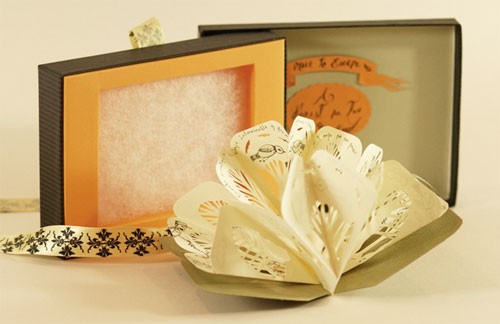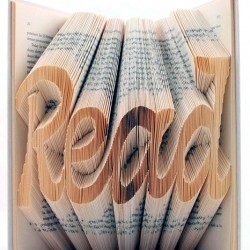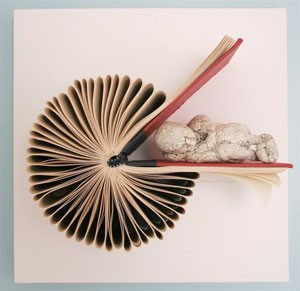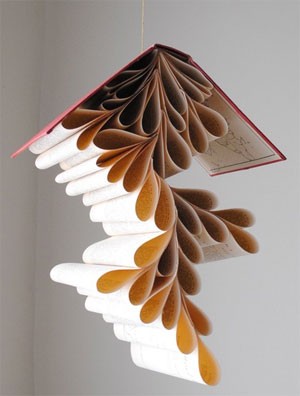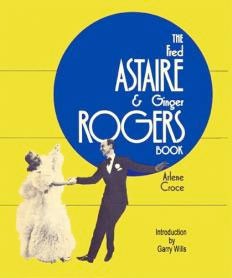 As a kid, every summer my family spent a week or so at my grandmother’s house. Then these visits only struck me as boring, but now I have very distinct memories — the smell of my grandmother’s hand cream, the pattern on the breakfast juice glasses, the special lunches with laughing cow cheese — but mostly the movies we watched. Despite a time when there were only 3 TV channels and no DVD or VCR, my father (probably suffering much more from the boredom than us kids) herded us into the living room to distract us with the Marx Bros or Fred Astaire and Ginger Rogers. Much later, living in Palo Alto, CA, my sister and I saw Top Hat on a big screen (at the Stanford Theatre) and for the first time I could really see the feathers fly off Ginger’s dress. And now, much much later, I have a boxed set of Astaire/Roger movies on DVD — the perfect distraction when I should be doing some onerous chore.
As a kid, every summer my family spent a week or so at my grandmother’s house. Then these visits only struck me as boring, but now I have very distinct memories — the smell of my grandmother’s hand cream, the pattern on the breakfast juice glasses, the special lunches with laughing cow cheese — but mostly the movies we watched. Despite a time when there were only 3 TV channels and no DVD or VCR, my father (probably suffering much more from the boredom than us kids) herded us into the living room to distract us with the Marx Bros or Fred Astaire and Ginger Rogers. Much later, living in Palo Alto, CA, my sister and I saw Top Hat on a big screen (at the Stanford Theatre) and for the first time I could really see the feathers fly off Ginger’s dress. And now, much much later, I have a boxed set of Astaire/Roger movies on DVD — the perfect distraction when I should be doing some onerous chore.
![]() A couple of weeks ago, I read about the reissue of dance critic Arlene Croce’s book The Fred Astaire and Ginger Rogers Book. (The mention was in the New Yorker, and the article isn’t online to non-subscribers, but see the New Yorker blog for some more info.) The article, by Joan Acocella, says the book “anatomized the dance routines … plus, it contained two flip books, including what is possibly the couple’s greatest number, ‘Let Yourself Go’ from ‘Follow the Fleet.'” Intrigued, I bought a copy. There are two flip books, both in the upper corner of the pages of the book. Flip forward, and you see “The Waltz in Swing Time” from “Swing Time.” Flip backward and you get “Let Yourself Go.” This week I’ve been very happily reading and watching…
A couple of weeks ago, I read about the reissue of dance critic Arlene Croce’s book The Fred Astaire and Ginger Rogers Book. (The mention was in the New Yorker, and the article isn’t online to non-subscribers, but see the New Yorker blog for some more info.) The article, by Joan Acocella, says the book “anatomized the dance routines … plus, it contained two flip books, including what is possibly the couple’s greatest number, ‘Let Yourself Go’ from ‘Follow the Fleet.'” Intrigued, I bought a copy. There are two flip books, both in the upper corner of the pages of the book. Flip forward, and you see “The Waltz in Swing Time” from “Swing Time.” Flip backward and you get “Let Yourself Go.” This week I’ve been very happily reading and watching…


